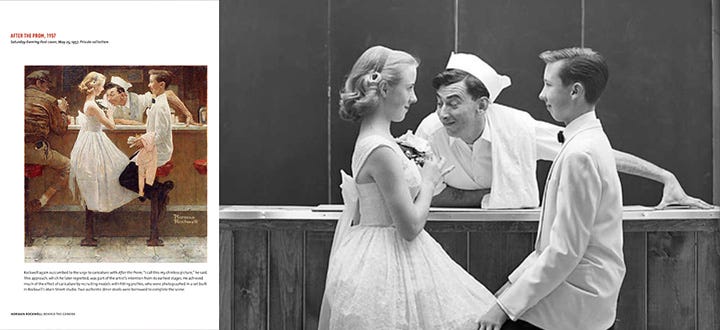Norman Rockwell: Behind the Camera, by Ron Schick
New York: Little, Brown, and Company, 2009
224 pp. $40 (hardcover).
People in paintings often do very little. Sometimes they are seated, looking blankly off into space, or asleep on a couch, dreaming who knows what. Their emotional expressions typically range from bored to unconscious. And they evoke little…
Keep reading with a 7-day free trial
Subscribe to The Objective Standard to keep reading this post and get 7 days of free access to the full post archives.


